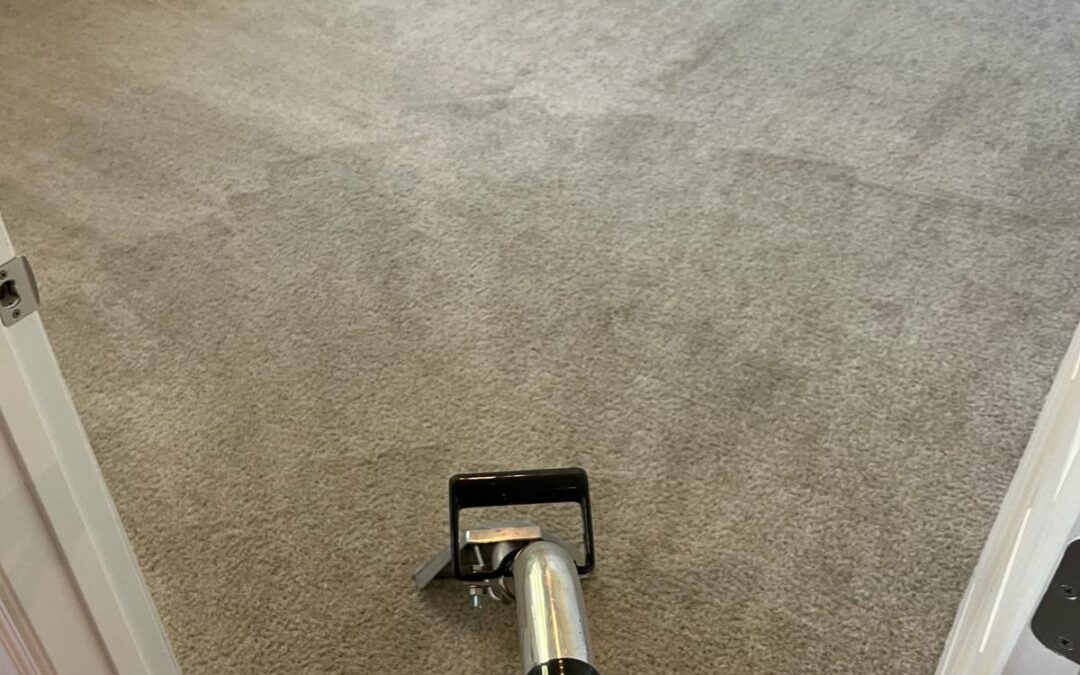Completing a construction project is a significant achievement, but the work doesn’t stop there. Post-construction cleaning is essential to transform your site into a clean, safe, and usable space. Here’s your ultimate guide to ensuring a thorough post-construction cleanup:
1. Remove Construction Debris
Start by removing all large debris and leftover materials. This includes wood, drywall, metal scraps, and packaging materials. Proper disposal is key to a safe and efficient cleanup.
2. Dust and Vacuum
Construction dust can settle everywhere. Use industrial-grade vacuums to clean floors, carpets, and upholstery. Don’t forget to dust all surfaces, including walls, ceilings, and light fixtures.
3. Clean Windows and Mirrors
Windows often get covered in dust and smudges during construction. Use appropriate glass cleaners and tools to ensure they’re spotless and streak-free.
4. Sanitize Bathrooms and Kitchens
Deep clean and sanitize all bathroom and kitchen areas. This includes scrubbing sinks, toilets, countertops, and appliances to remove any construction residue.
5. Wipe Down Surfaces
Thoroughly wipe down all surfaces, including baseboards, doors, cabinets, and shelving. This helps remove any fine dust particles and construction-related grime.
6. Address Floors and Carpets
Depending on the flooring type, use appropriate cleaning methods to remove dust, adhesive, and paint splatters. Carpets should be professionally cleaned to eliminate embedded dust and debris.
7. Check HVAC Systems
Construction dust can infiltrate HVAC systems. Replace filters and clean vents to ensure clean air circulation throughout the property.
8. Inspect and Finalize
Conduct a final inspection to ensure all areas are clean and no debris is left behind. This step ensures that the space is ready for occupancy or the next phase of your project.
By following these steps, you can achieve a pristine and welcoming environment post-construction. Proper cleaning not only enhances the aesthetic appeal but also ensures safety and hygiene for future occupants.


Recent Comments